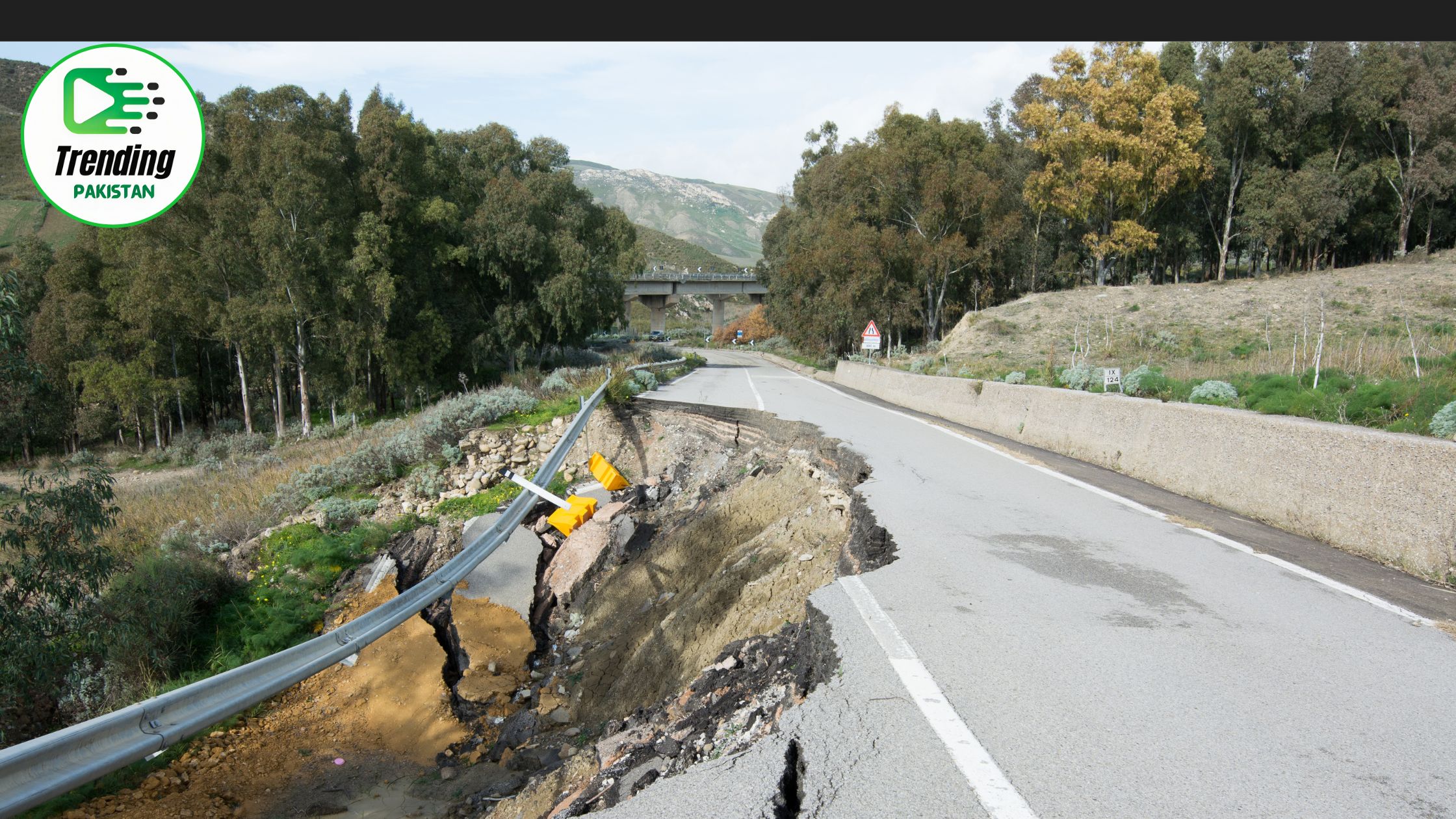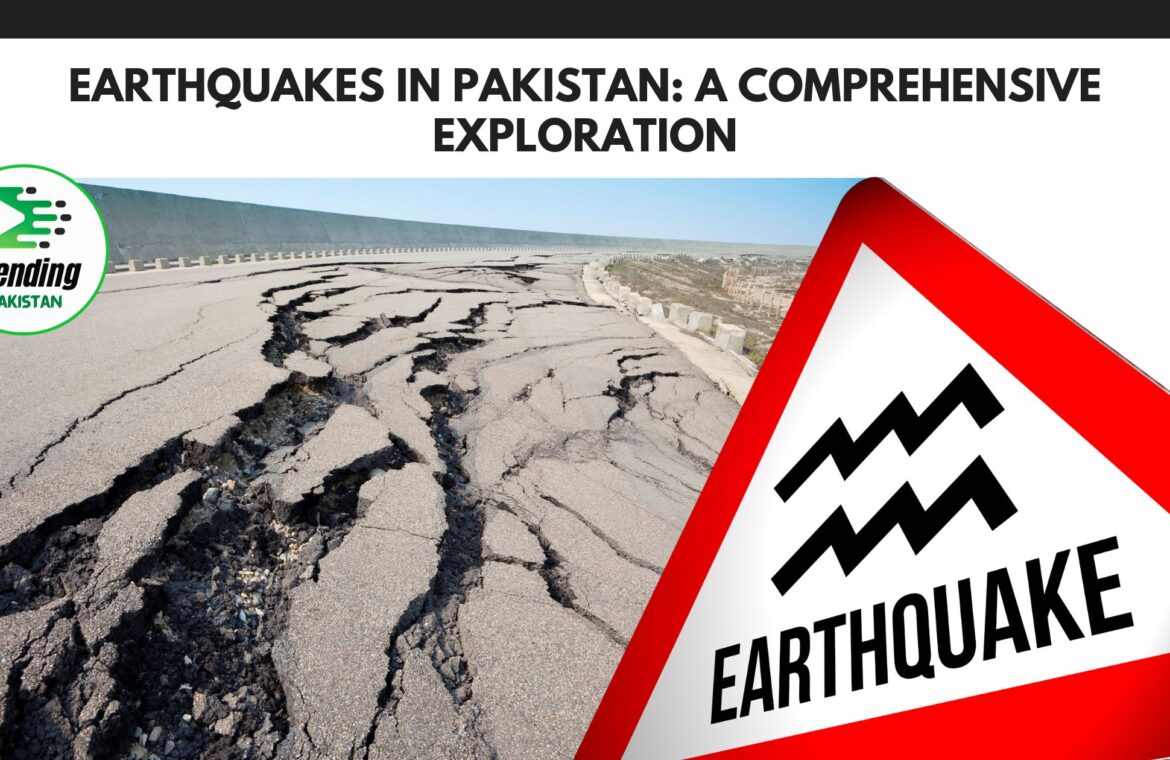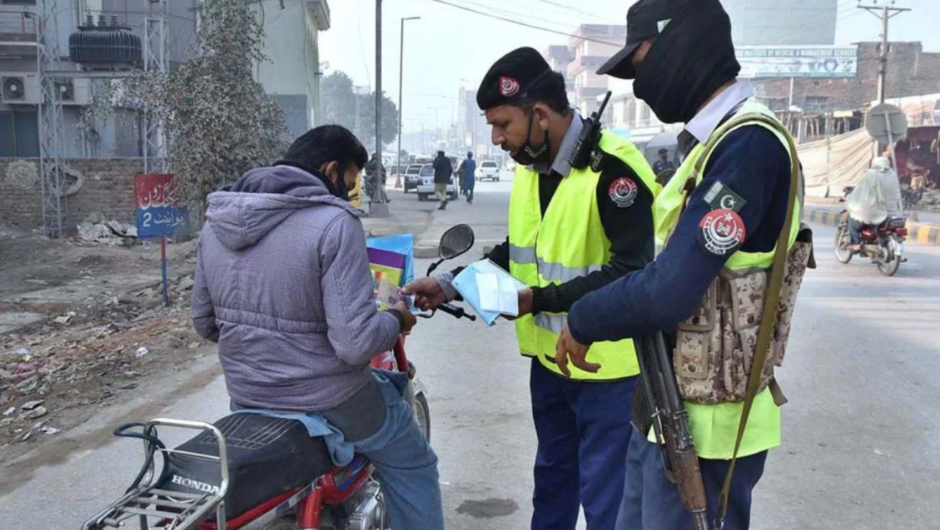Pakistan, nestled in the seismic zone, has a long history of enduring devastating earthquakes. The country’s geographic location makes it prone to seismic activity, with its northern regions particularly vulnerable. This blog aims to delve into the history, present situation, and the specific impact of earthquakes in Northern Pakistan, providing detailed insights into each facet of this natural phenomenon.
Understanding Earthquakes
What are Earthquakes?
Before delving into the seismic history of Pakistan, it’s crucial to understand what earthquakes are. Earthquakes are sudden and violent shaking of the ground caused by movements within the Earth’s crust. These movements occur due to the release of energy accumulated over time along fault lines.
Factors Contributing to Earthquakes
Several factors contribute to the occurrence of earthquakes. Plate tectonics play a significant role, as the Earth’s crust is divided into large sections known as tectonic plates. When these plates shift or collide, they create seismic waves, leading to earthquakes. Moreover, geological features and the type of fault lines also influence the intensity and frequency of earthquakes in specific regions.
Earthquakes in Pakistan: A Historical Perspective
Pakistan’s history is marked by several devastating earthquakes that have left profound impacts on its landscape and people.
Major Historical Earthquakes
- The 1935 Quetta Earthquake: Among the deadliest earthquakes in recorded history, the 1935 Quetta earthquake struck the Balochistan province of British India (now part of Pakistan) on May 31, 1935. With a magnitude of 7.7 to 8.1, it resulted in the loss of an estimated 30,000 lives and caused widespread destruction in Quetta and its surrounding areas.
- The 2005 Kashmir Earthquake: On October 8, 2005, a massive earthquake with a magnitude of 7.6 struck the Kashmir region, causing extensive damage in both Pakistan and India. The earthquake claimed approximately 87,000 lives and left millions homeless, making it one of the deadliest natural disasters in South Asian history.
Present Situation of Earthquakes in Pakistan
Despite advancements in technology and improved disaster preparedness, Pakistan remains vulnerable to earthquakes.
Seismic Monitoring and Preparedness
The Pakistan Meteorological Department (PMD) and other international organizations actively monitor seismic activity across the country. Early warning systems have been implemented to alert people of impending earthquakes, providing crucial seconds to take protective measures.
Infrastructure and Vulnerability
However, Pakistan’s infrastructure, particularly in rural and underdeveloped areas, remains susceptible to earthquake damage. Poorly constructed buildings and inadequate urban planning exacerbate the impact of seismic events, increasing the risk to human lives and property.

Earthquakes in Northern Pakistan
Northern Pakistan, encompassing regions such as Gilgit-Baltistan and Khyber Pakhtunkhwa, is particularly prone to earthquakes due to its proximity to the Himalayan and Karakoram mountain ranges.
Geological Setting
The collision of the Indian and Eurasian tectonic plates has resulted in the uplift of the Himalayas, making Northern Pakistan a seismically active zone. The region is crisscrossed by numerous fault lines, including the Main Mantle Thrust (MMT) and Main Karakoram Thrust (MKT), which pose significant seismic hazards.
Impact on Communities
Earthquakes in Northern Pakistan have had profound socio-economic consequences, disrupting livelihoods and displacing communities. Remote mountainous terrain often hinders relief efforts, exacerbating the challenges faced by affected populations.
Reconstruction and Resilience
In the aftermath of major earthquakes, efforts have been made to rebuild infrastructure and enhance resilience in Northern Pakistan. Seismic-resistant construction techniques and community-based disaster preparedness programs aim to mitigate the impact of future seismic events.
Conclusion about Earthquakes in Pakistan
Earthquakes in Pakistan, particularly in its northern regions, are a recurring natural hazard with far-reaching implications. Understanding the historical context, current challenges, and specific vulnerabilities associated with seismic activity is essential for effective disaster management and risk reduction efforts. As Pakistan continues to grapple with the threat of earthquakes, concerted efforts in monitoring, preparedness, and resilience-building are imperative to safeguard lives and livelihoods in the face of this unpredictable force of nature.
Topics #earthquake safety tips #earthquake zones in Pakistan #natural disasters in Pakistan #Pakistan #Pakistan earthquakes #trending pakistan




